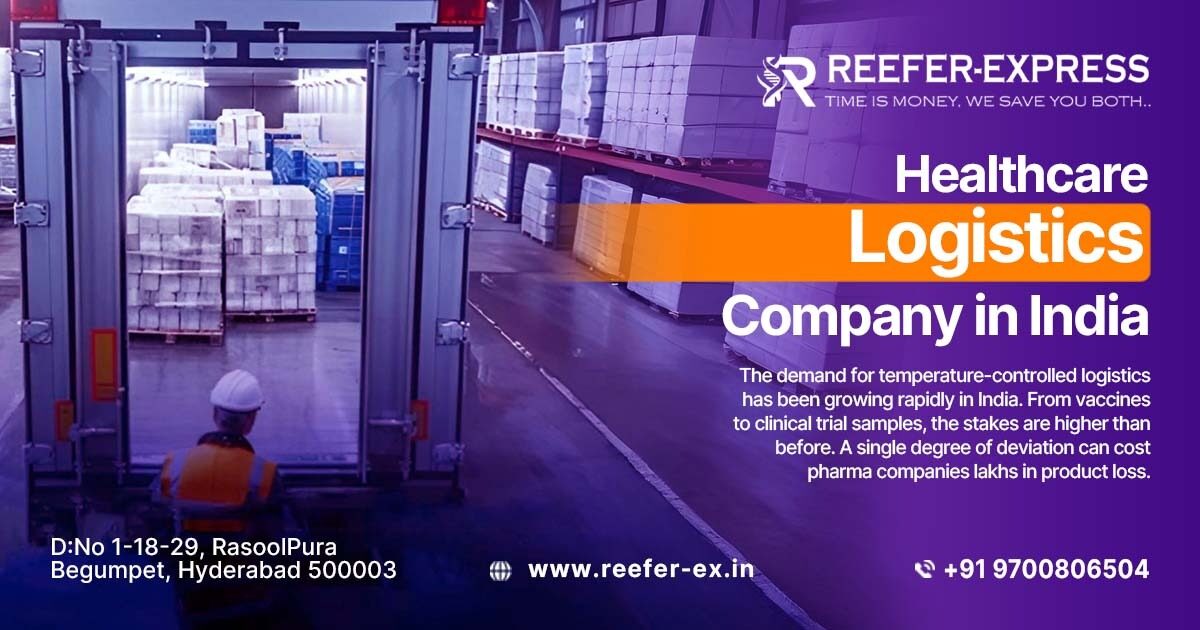What is Cold Chain Automation
Cold chain automation is a process of controlling the temperature and humidity levels in warehouses, distribution centers, and vehicles – from the point of production to consumption. It involves monitoring each step of the cold chain journey while ensuring that products are kept at an optimal temperature range throughout. Automation helps to reduce labor costs, enhance safety, track inventory more accurately, and improve product quality.
How Can Smart Innovations Help in Cold Chain Automation?
Smart innovations such as predictive analytics, artificial intelligence (AI), machine learning (ML), and the Internet of Things (IoT) can help automate cold chain operations. These technologies enable companies to monitor temperature, humidity levels, and other factors in real time, allowing for rapid detection and corrective actions to be taken when needed.
Using predictive analytics, companies can forecast potential issues in the cold chain before they become serious by utilizing high-frequency sensor data to predict temperature changes and equipment failure. AI algorithms can also identify patterns in the data such as specific supply chain routes that are more vulnerable to temperature fluctuations.
Moreover, IoT-enabled devices such as RFID tags and sensors can be used to monitor temperature across the entire cold chain in order to detect any discrepancies or deviations from predetermined standards. This helps companies proactively manage risks and maintain product quality. Additionally, ML algorithms can be used to optimize the cold chain by determining the most efficient routes and transportation methods.
With the implications of these technologies, companies can reduce wastage, save costs, and improve the customer experience by providing better quality products to their customers. With smart innovations for cold chain automation, companies can ensure that their products remain safe and of the highest quality throughout the entire supply chain journey.
Also Read: How IoT is changing cold chain monitoring in supply chain
Benefits of Utilizing Smart Innovation in Cold Chain Solutions
In an industry with ever-changing needs, cold chain automation solutions offer the advantages of improved efficiency, scalability, and reliability. The key to successful cold chain automation is leveraging the latest technologies to ensure that each component of the supply chain can communicate with one another in a seamless manner. Smart Cold Chain Automation Solutions Cold chain automation solutions have many benefits, including: –
- Enhanced visibility of the supply chain – Automated systems help provide real-time information regarding inventory levels and other aspects of the cold chain process. This increased visibility allows companies to better monitor and ensure that products reach customers in the most efficient manner.
- Improved temperature control – Automation solutions can help regulate temperatures across all stages of transport, providing a level of accuracy that would otherwise be difficult to achieve manually.
- Increased scalability – Companies can meet fluctuating demands by scaling their cold chain automation solutions up or down as necessary. This allows businesses to better adapt to changing needs, thus increasing overall efficiency and customer satisfaction.
- Reduced costs – Automated systems help streamline processes and reduce manual labor, resulting in cost savings over time. Furthermore, automated solutions can also improve accuracy and reduce the risk of human error, leading to fewer product returns and unnecessary expenses.
Role of Temperature Monitoring System: How it works?
A temperature monitoring system is a key component of any successful cold chain supply chain operation. The system typically consists of sensors placed throughout the warehouse or distribution center that measure temperature, humidity levels, light exposure, adulteration, etc. The collected data is analyzed in. These systems can help track and monitor temperatures across all stages of transport in order to ensure that products remain at optimal conditions throughout the journey.
Temperature monitoring systems typically consist of sensors, which detect data regarding temperature, humidity, and other important factors related to product safety and quality. The collected data is then sent to a central hub, which can be used by company personnel or customers to view the current status of the cold chain journey. Additionally, alerts can be set up in order for any discrepancies or changes in temperature to be reported immediately, allowing for immediate corrective action to take place.
Read Also: Importance of Tracking Your Shipment in Cold Chain
Conclusion
By leveraging the latest technologies such as predictive analytics, AI, ML, and IoT-enabled devices, companies can better automate their cold chain operations. These innovations provide increased visibility of the entire supply chain process while also helping to reduce labor costs, improve product quality, and ensure that goods are delivered in an efficient manner.
Additionally, temperature monitoring systems play a key role in ensuring that products remain safe and of the highest quality throughout their journey. Cold chain automation solutions are becoming increasingly important as customer demands continue to rise, and smart innovations can help companies meet these growing needs.
Cold Supply Chain Solutions By Reefer Express
Reefer Express offers a comprehensive suite of cold supply chain solutions to help companies optimize their cold chains. We have developed innovative technologies that enable us to monitor temperatures across all stages of transport while also providing intelligent data analysis, predictive analytics, and automated alerts in order to ensure the highest quality products are delivered to our customers every time. Contact us today to learn more about our solutions and how we can help optimize your cold chain! We look forward to hearing from you!






